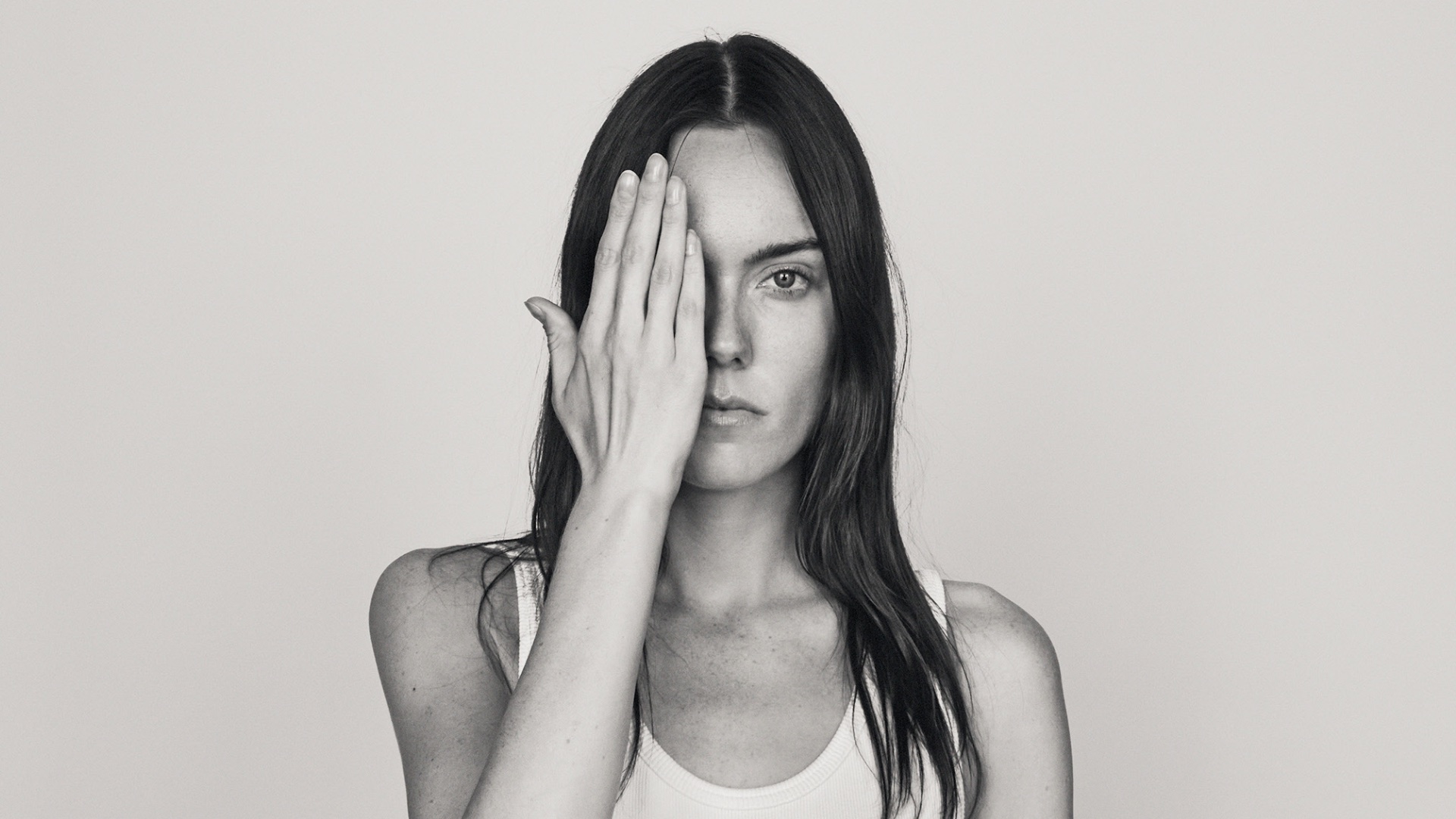This story originally appeared in i-D’s The Ultra! Issue, no. 369, Fall 2022. Order your copy here.
Has there been a sea change in fashion? During the thick of the pandemic, there was much hand-wringing about the proliferation of blockbuster shows and events around the world, about how things would be done differently, about how the pandemic would change everything… Well, that hasn’t quite happened, and the big top events of global fashion continue. Nevertheless, much of the ‘circus’ – namely overstyled clown outfits, both on and off the catwalk – now feels rather hollow and, more importantly, somewhat out of fashion.
Instead, there is an attraction to something more genuine; rather than fiction, something both autobiographical and biographical prevails, reflecting designers’ own feelings and how other people will really live their lives in this clothing. It’s not about the spectacle of branding, but the joy of making and the personal pleasure of wearing. This is about people wearing clothes as opposed to clothes wearing people. There are once again shocking notions of good taste, discretion, sincerity, reality, tradition and, dare it be said, emotion – these people really mean it. And Matthieu Blazy is one of them.
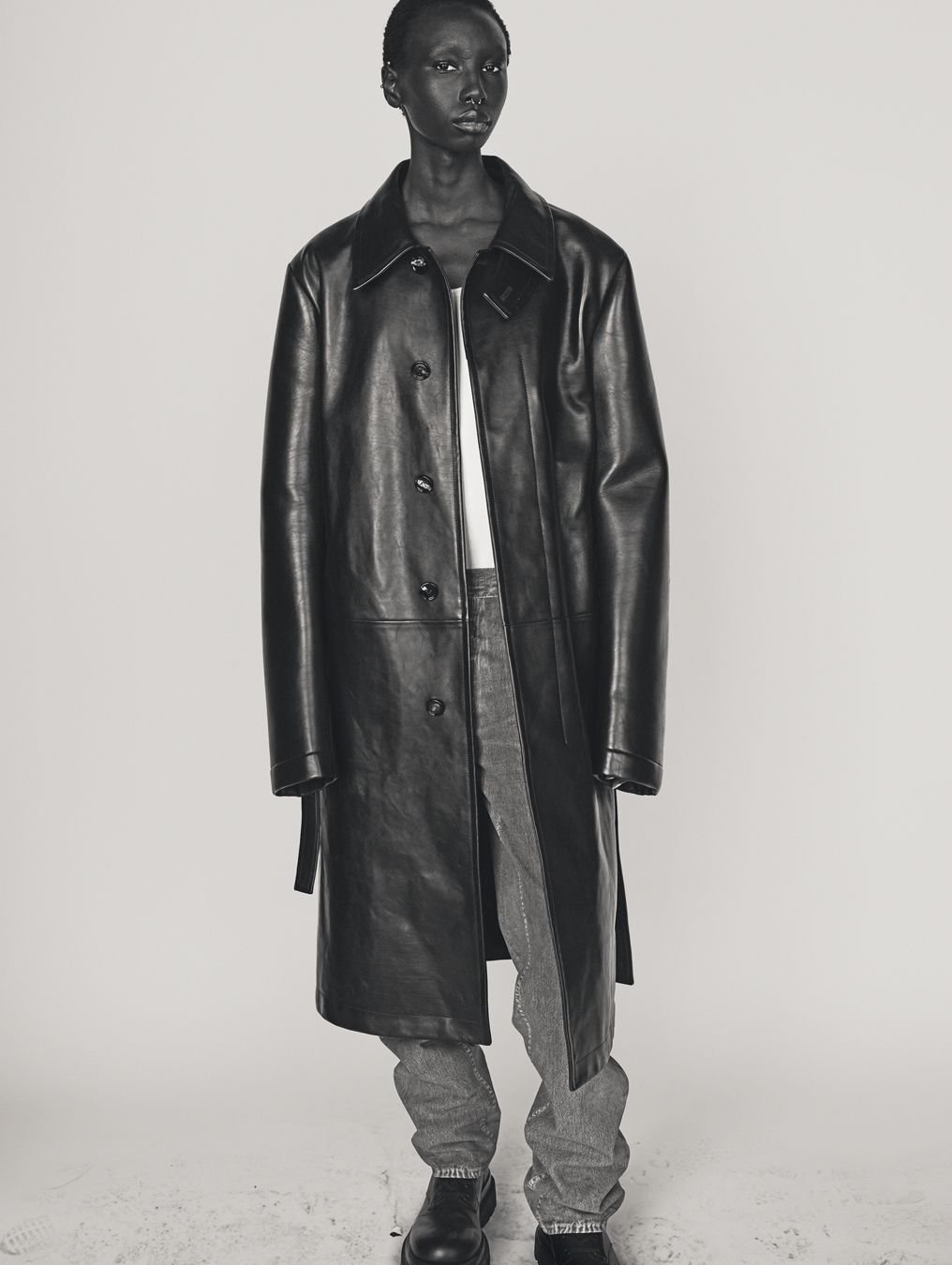
One look at Uma Thurman at this year’s Met Gala testifies to the almost fuck-you elegance of Matthieu Blazy’s Bottega Veneta amongst all the Widow Twankey auditions happening that night. “Quiet power” is the way that Blazy describes this mood. That’s not to say that this is ‘earnest fashion’, something equally eye-roll inducing. As the great Karl Lagerfeld once wittily summed up: “The purpose of dress design is to make people feel good, not to express the pain and suffering of the world in taffeta.” And what Matthieu aims for is to make people feel good while living their lives in this clothing – it’s less about being seen and more about feeling, moving and doing. Uma Thurman was probably one of the only people who could comfortably sit down that night.
If that all sounds rather pedestrian, it isn’t. It shouldn’t be forgotten that Matthieu Blazy is a Margiela fanatic and first came to public attention as the person behind the Martin-less Maison’s Artisanal line in 2014 when Suzy Menkes famously outed him, declaring: “You can’t keep such a talent under wraps.” Alongside the big house savvy – learned from working with Phoebe Philo at Céline and Raf Simons at Calvin Klein – there is also a certain measure of brevity and perversity in Blazy’s Bottega. And incidentally, his all-time fashion idol is actually Jean Paul Gaultier, so there’s a healthy dose of sex too, one in which women have their own agency.
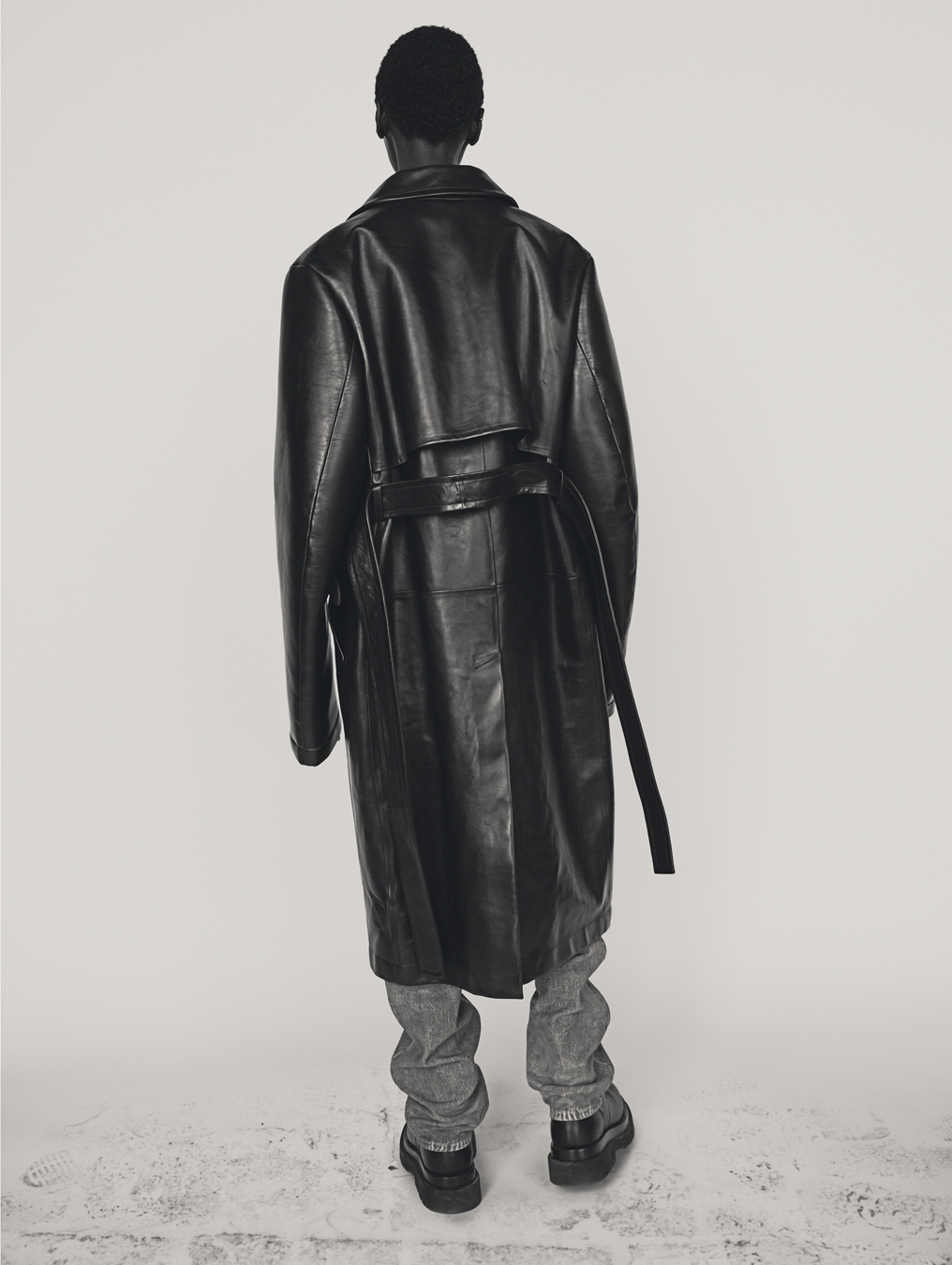
In fact, Gina Lollobrigida is one of the diverse ‘patron saints’ of his debut AW22 collection for the house, alongside Tom Sawyer, Gianni Agnelli, Mariano Fortuny, Carlo Mollino and Umberto Boccioni’s Unique Forms of Continuity in Space… Blazy refers to it as the “foundation collection” so these figures are far from frivolous or disposable. Instead, it’s a largely Italianate cast of characters where attitude is everything and whose influence comes from a multitude of fields.
Yet it is Carlo Mollino who is perhaps the most telling individual in terms of Blazy’s ambitions for Bottega. The great Italian architect-furniture designer-interior designer-product designer- writer-photographer is not only an inspiration in his imagery of women but also a model of multi modality. Blazy does not necessarily want Bottega Veneta to exist solely as clothing and accessories, but to cement its place as part of the wider design and cultural history of Italy, where many of his heroes dwell.
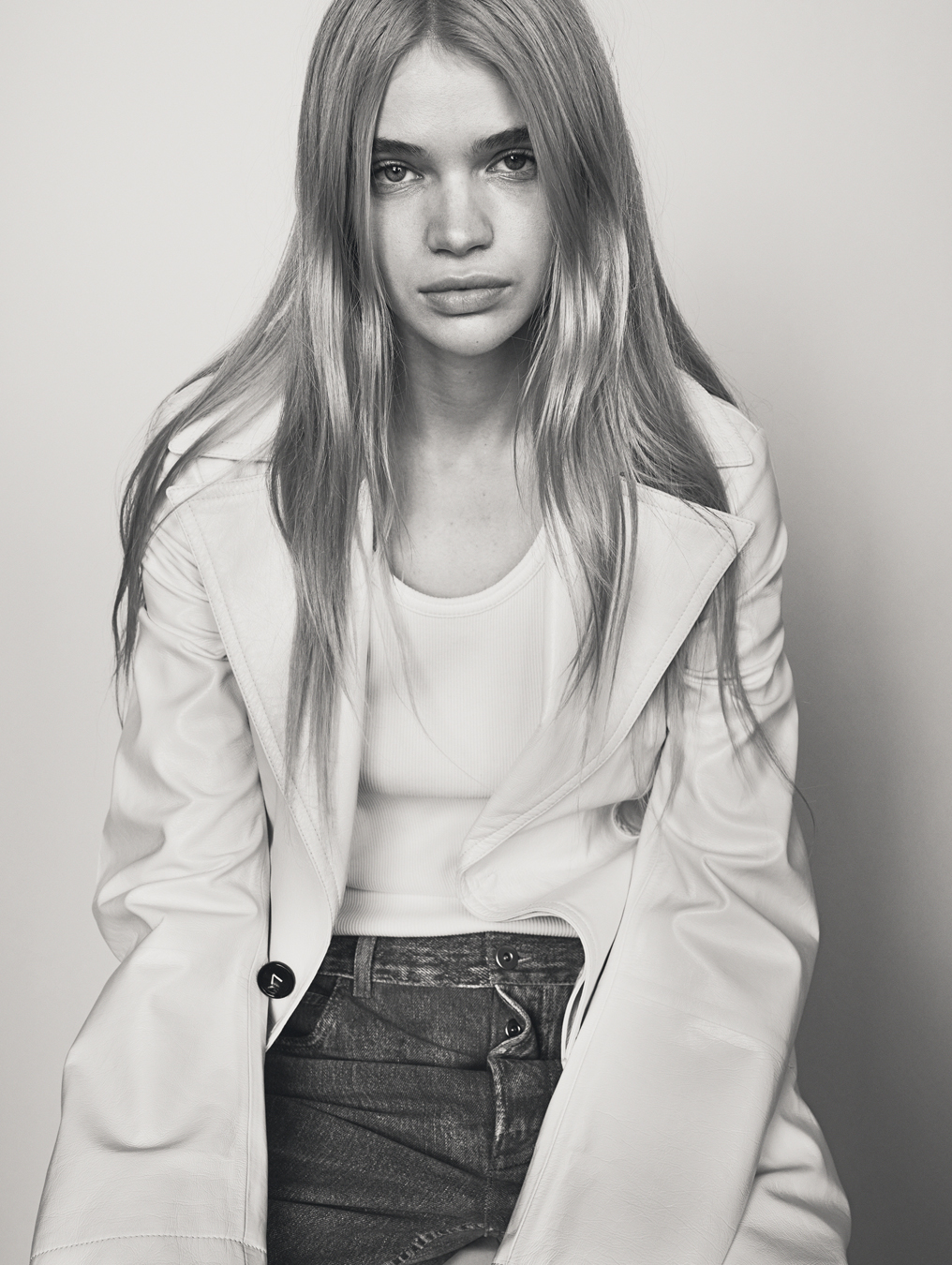
Matthieu wants the objects that are produced at Bottega to be for life – in both senses of the term. Eschewing the disposable and purely fashion focused, he instead recognises the tradition of great design and workmanship that lasts lifetimes in Italian furniture, so why not in clothing and accessories? The level of craftsmanship at Bottega Veneta makes it something akin to an Italian Hermès, and what Matthieu Blazy is doing there is comparable to Max Richter in his latest recomposition of Vivaldi in The New Four Seasons.
Here, Richter reimagines Vivaldi as he has done before, but this time using period instruments – gut strings included – alongside vintage analogue electronic instruments like the Minimoog. What is produced is warm, human and more resonant for now – just as it is at Blazy’s Bottega. Built around the lightness, fluidity, and fullness of fabrics developed for movement but still encompassing the rigours of tradition, each is an example of the very best to be commissioned and produced in any facet of the fashion industry. From flannel and colour flecked herringbones, through to thrice-printed textural pieces built around the body, to new interpretations of Leavers lace, still made on eighteenth century looms but layered with 21st century synthetic jersey. Like Richter’s recompositions, each is idiosyncratic and reminiscent of the past, while resolutely being made for the present.
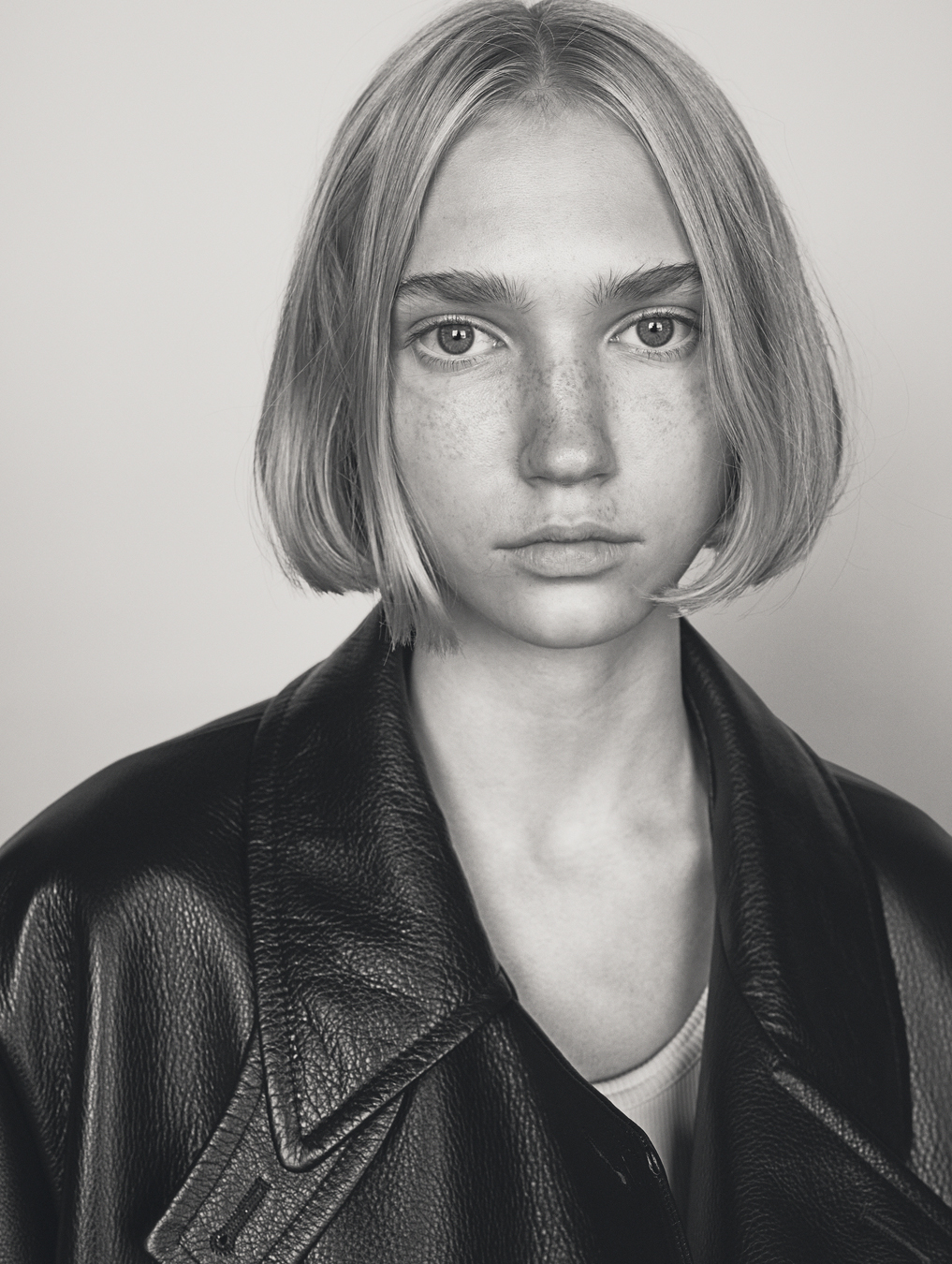
In 2015, I interviewed Matthieu Blazy and Pieter Mulier about their vintage clothing collection, something that reflects their relationship – they met when they both worked on Raf Simons’ eponymous label – and what they have done since in their careers. It seemed obvious that both were destined to be part of the next generation of designers who would head great houses – although, at the time, neither of them was really interested or indeed felt ready for that.
How times change, although who Matthieu Blazy is hasn’t. At the time he said this: “The way we collect is not for the value, but for the amazing story behind the object; its pedigree. It is our own history of fashion. We like clothes that are worn and used. There is nothing more boring than something not worn – it’s just deadstock. My job at Margiela was the first one I had where I could use my passion for vintage clothing and be completely honest about it. I love vintage because you have the idea of something very unique, often unbranded and completely emotional. Pieter has an ability to just look at things and instantly know – he does not look for labels but for something with a soul.”

Clothing with a story and a soul counts for Matthieu Blazy. At Bottega Veneta, it is clothing that he wants the wearer to contribute their own story to by wearing and living in it. Not just what its pedigree is now, but what its pedigree will become in the future, perhaps over generations. And this is only the start of his tenure as creative director of the house.
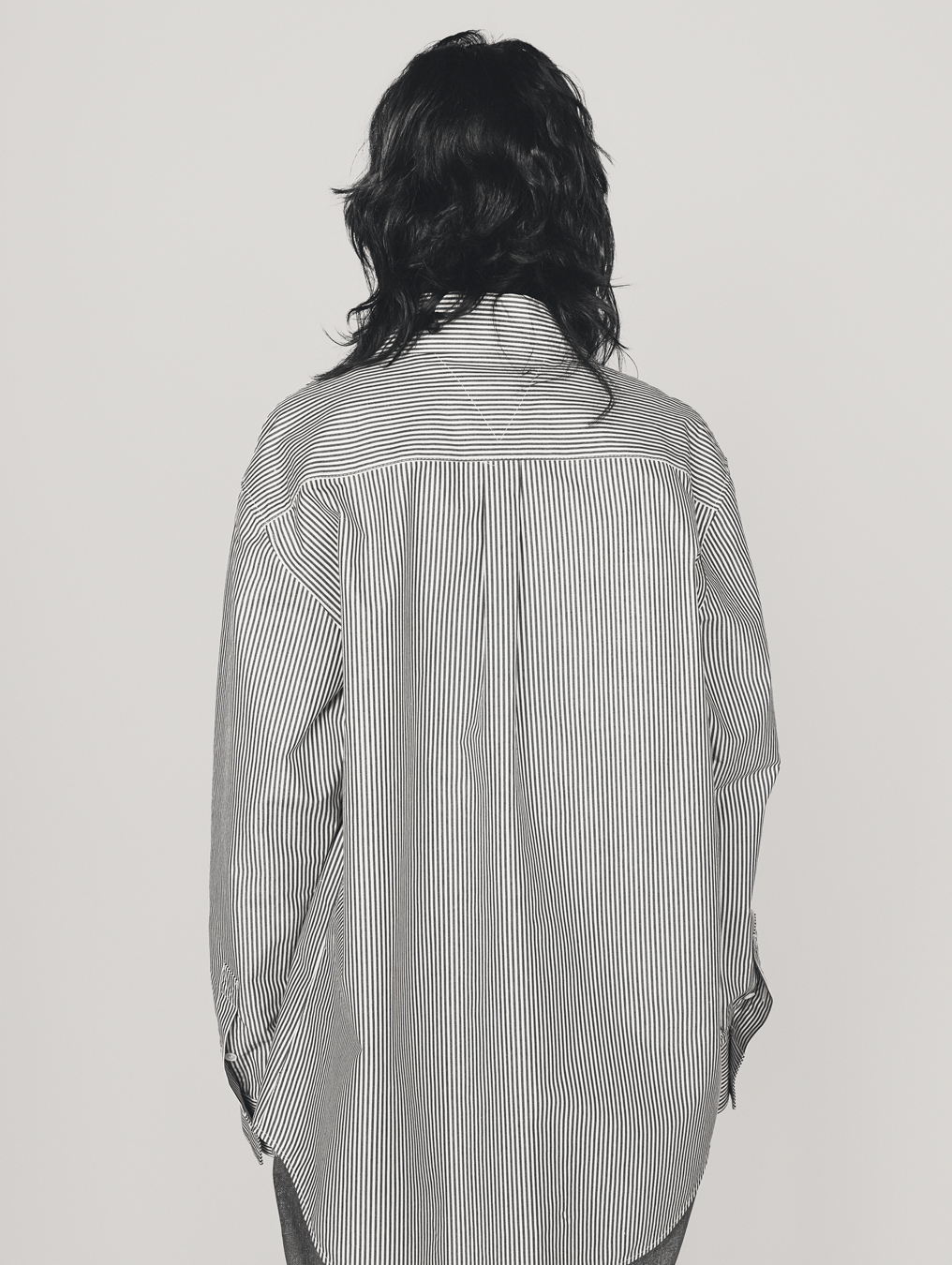

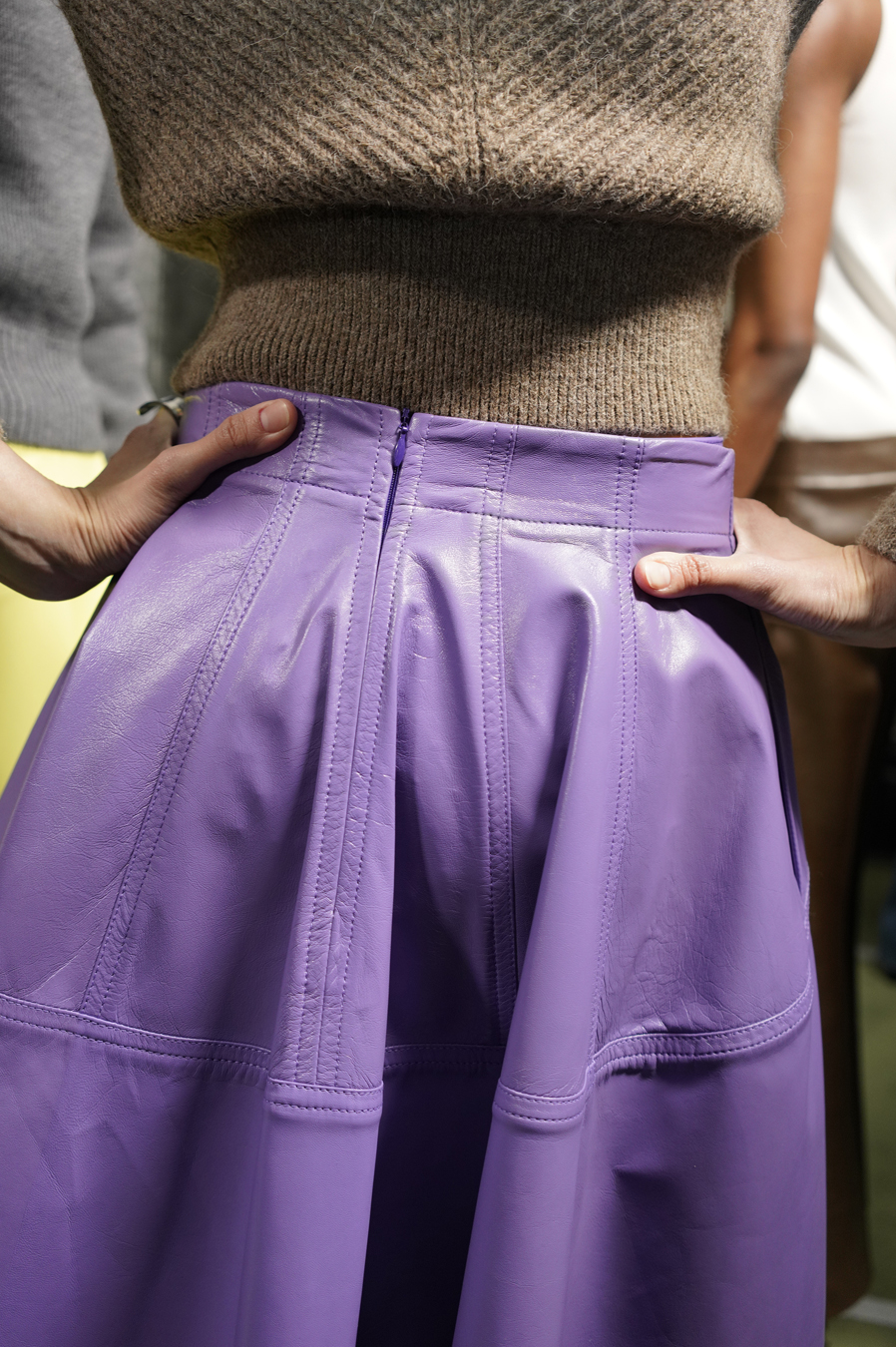
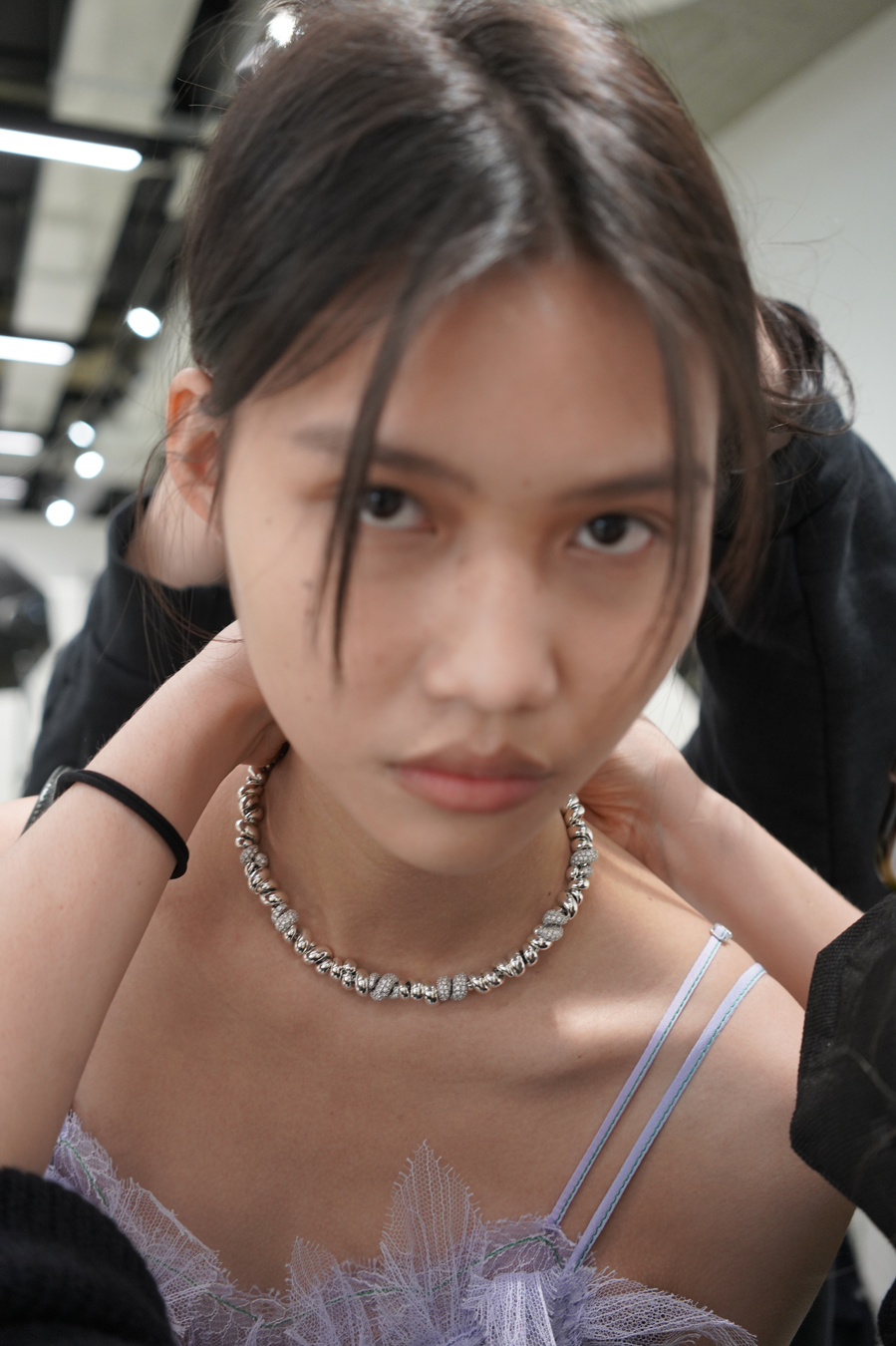
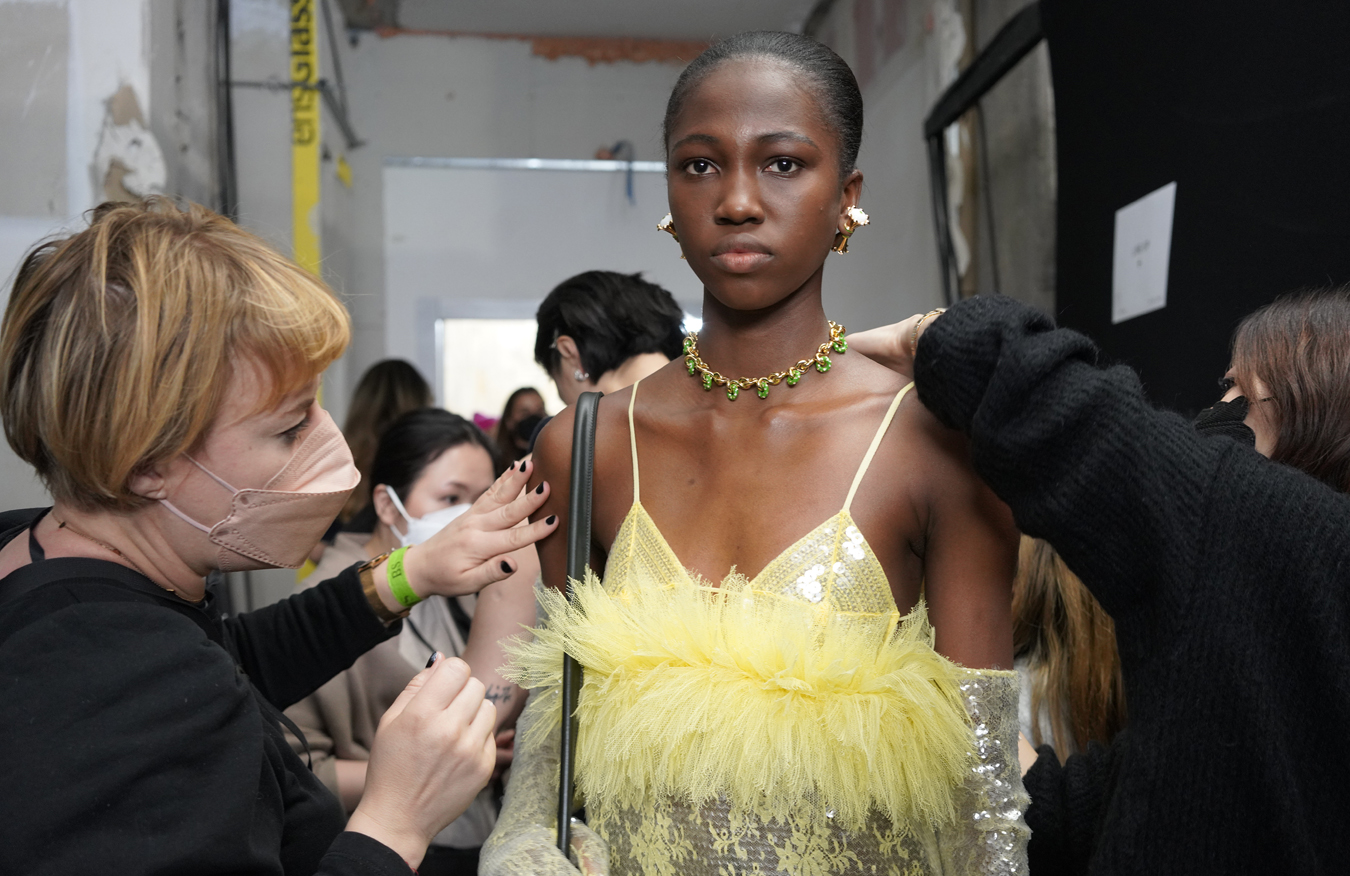

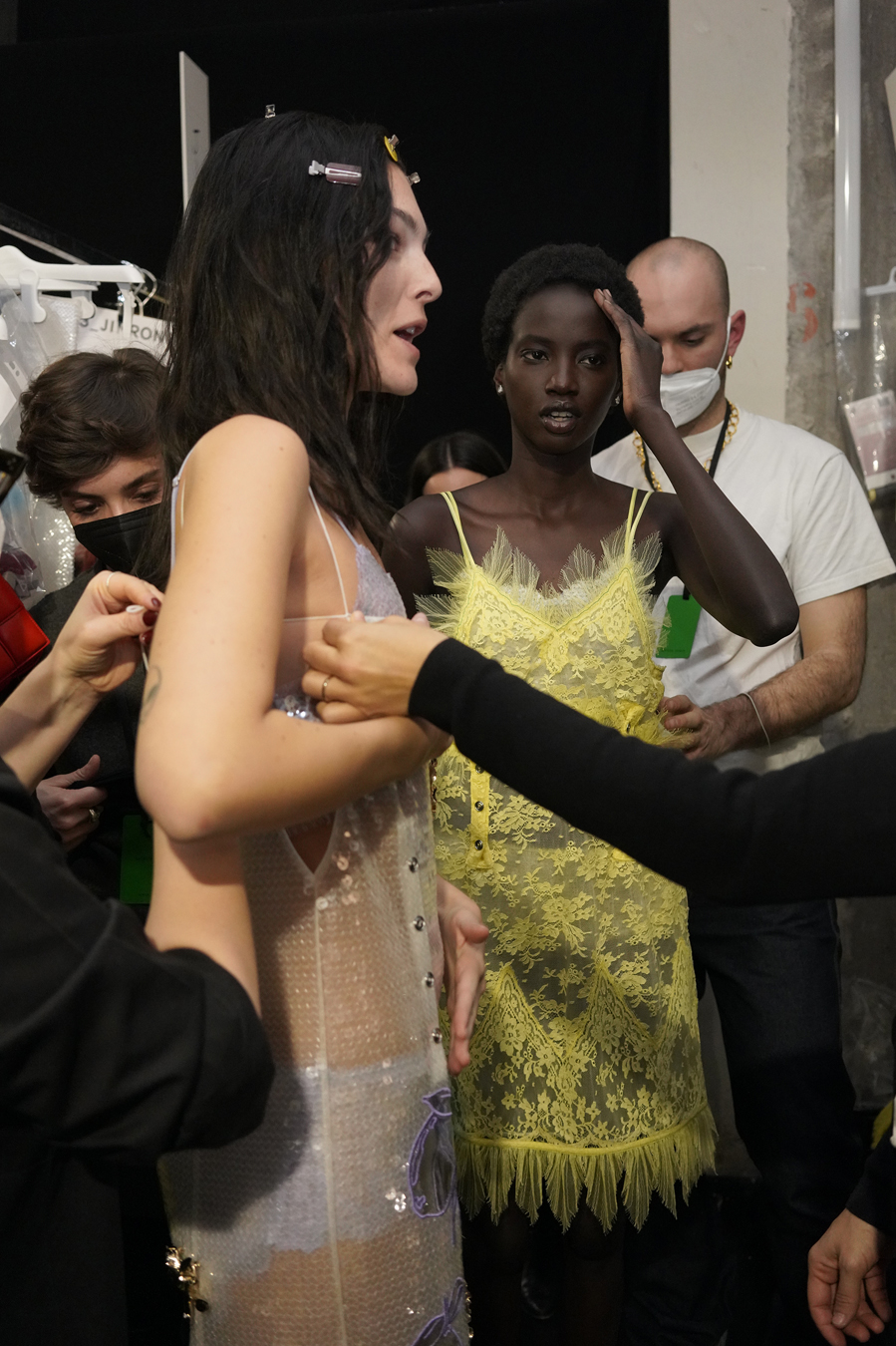
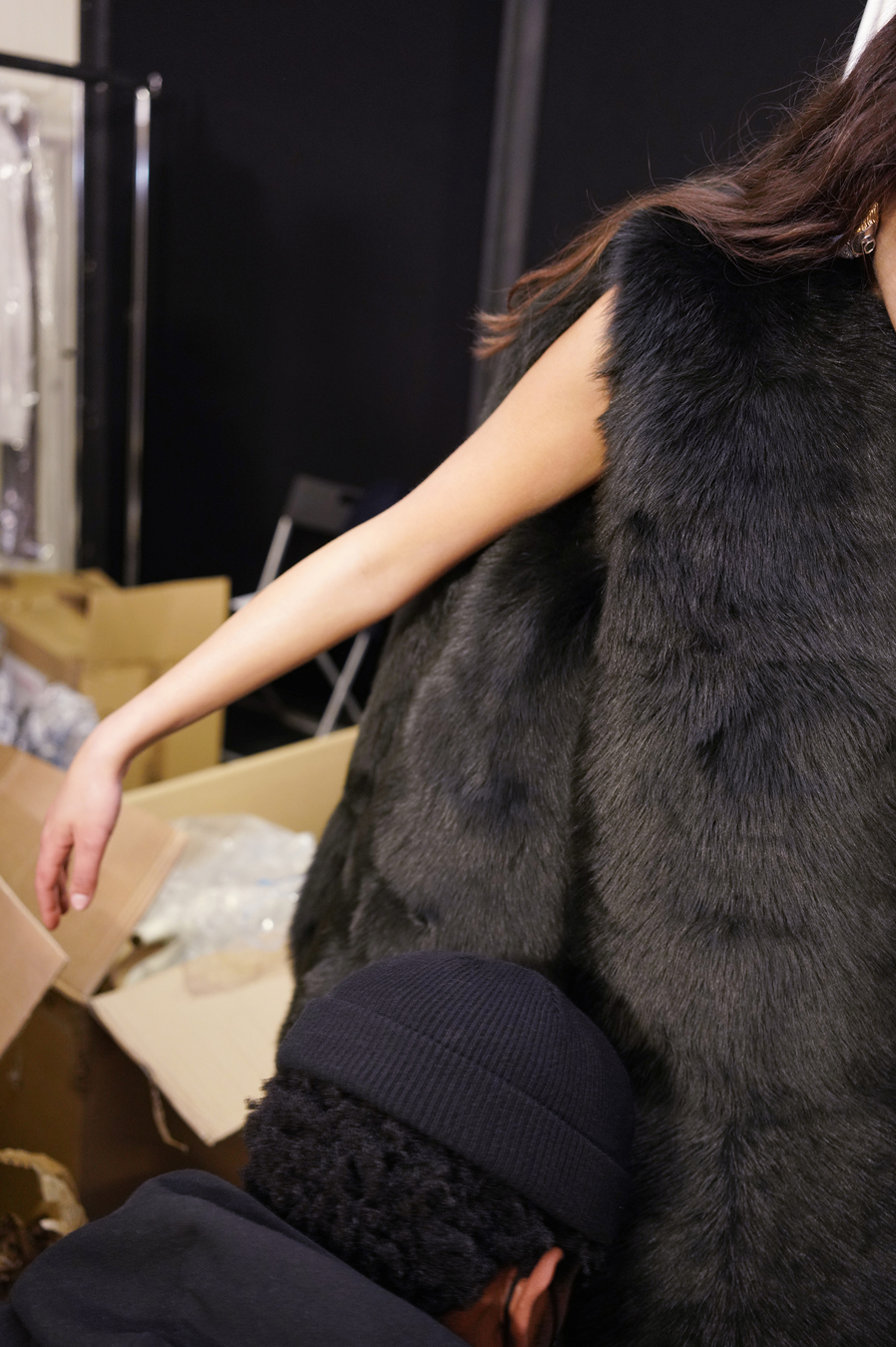
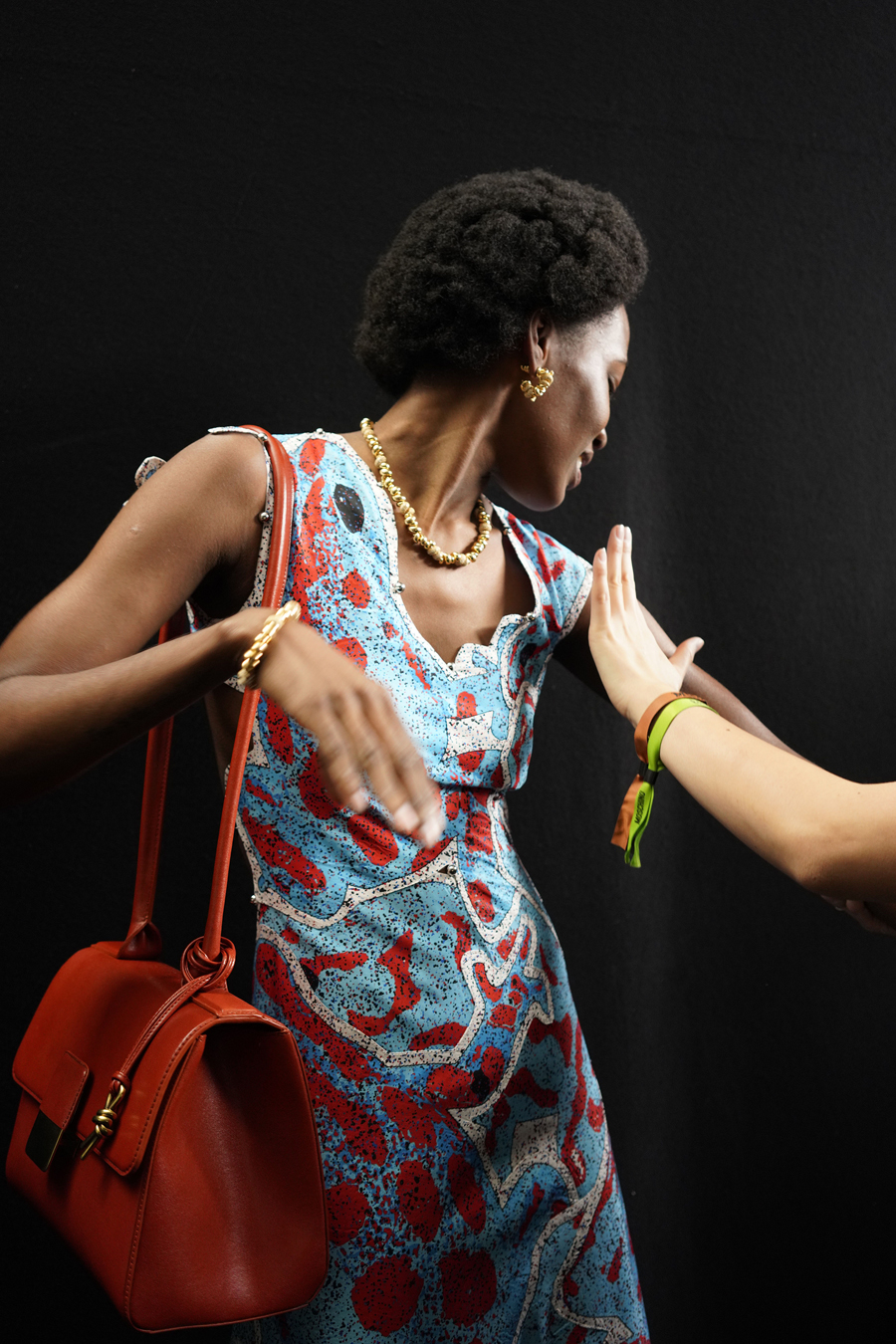
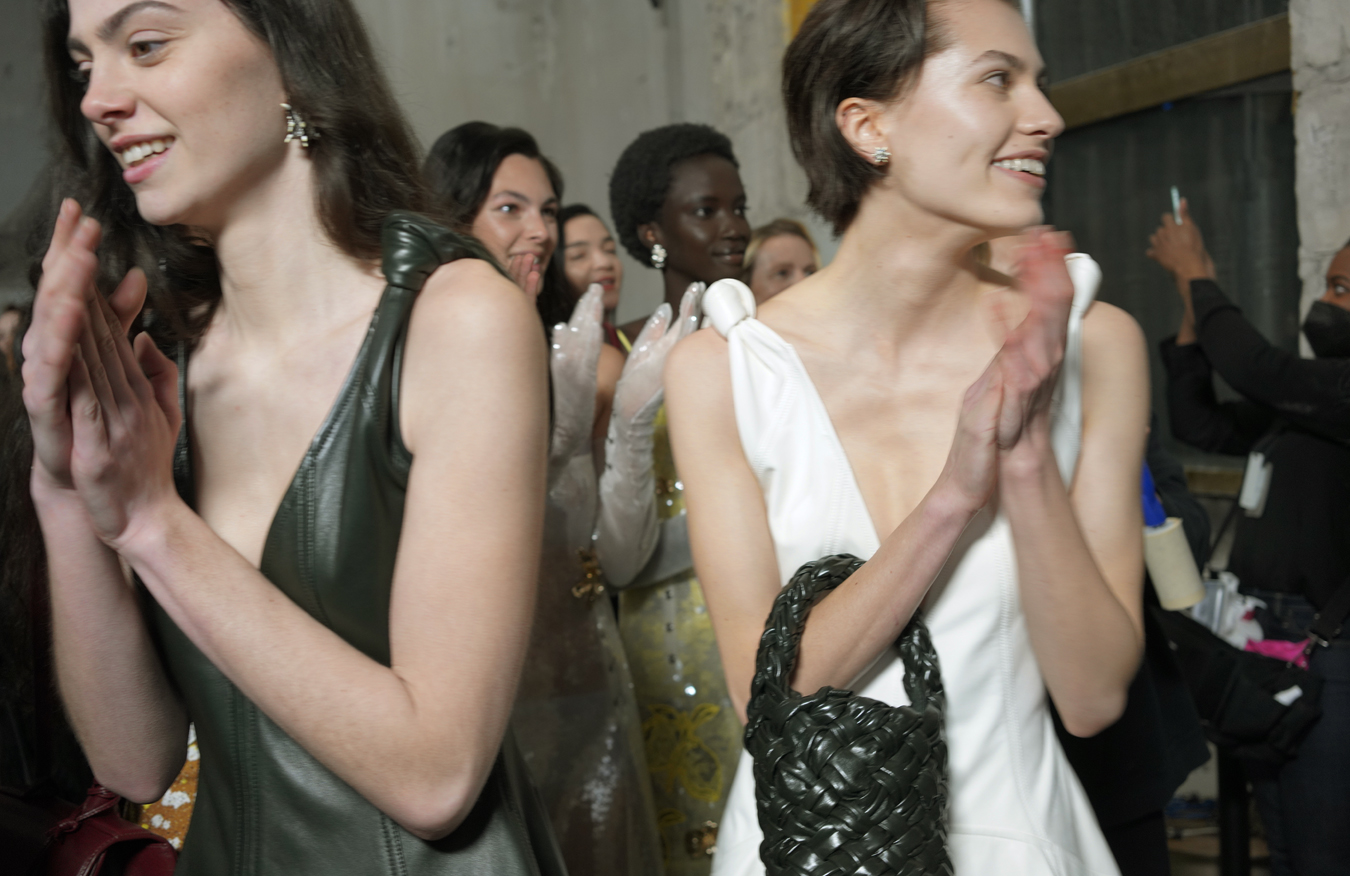
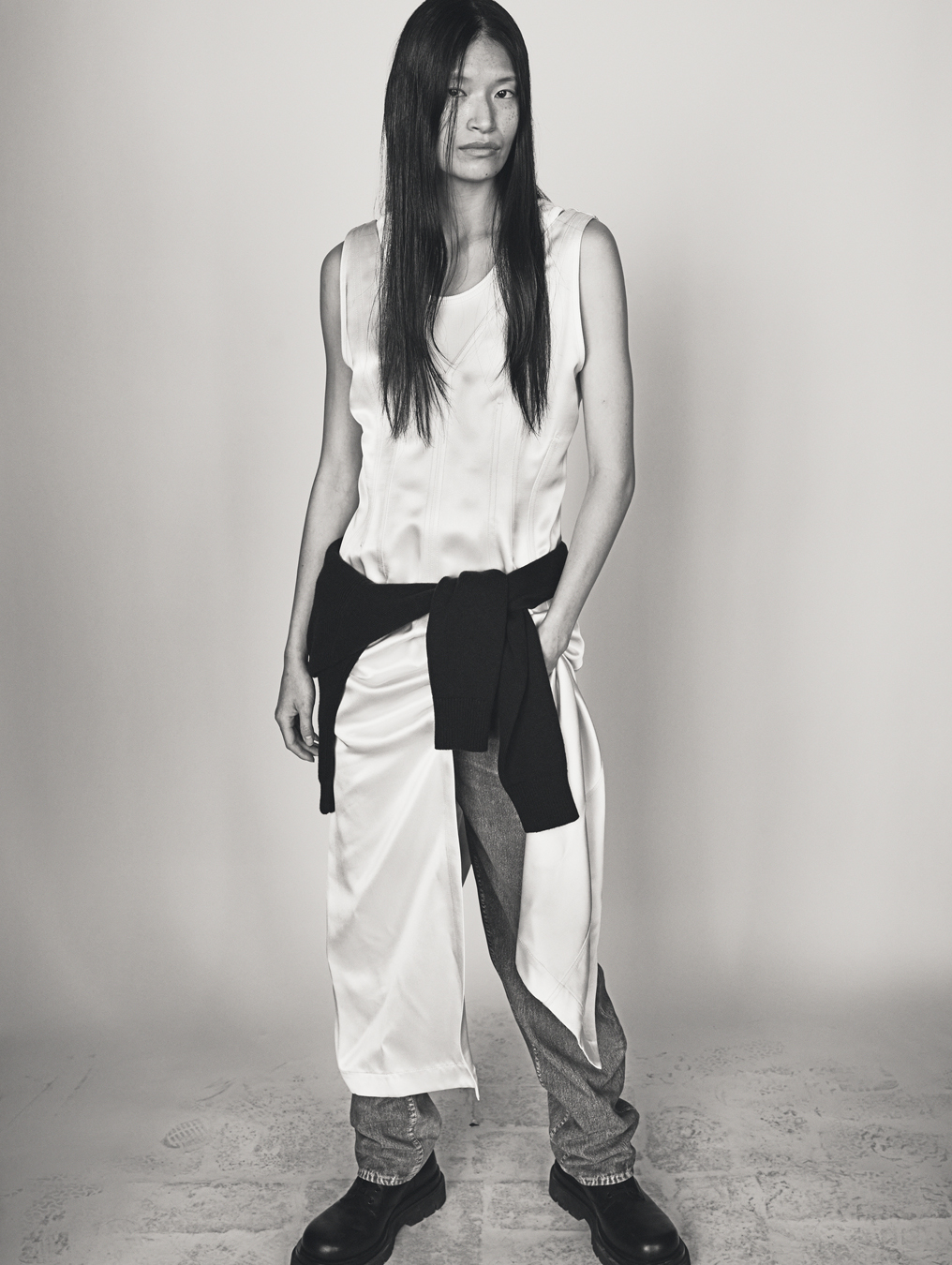
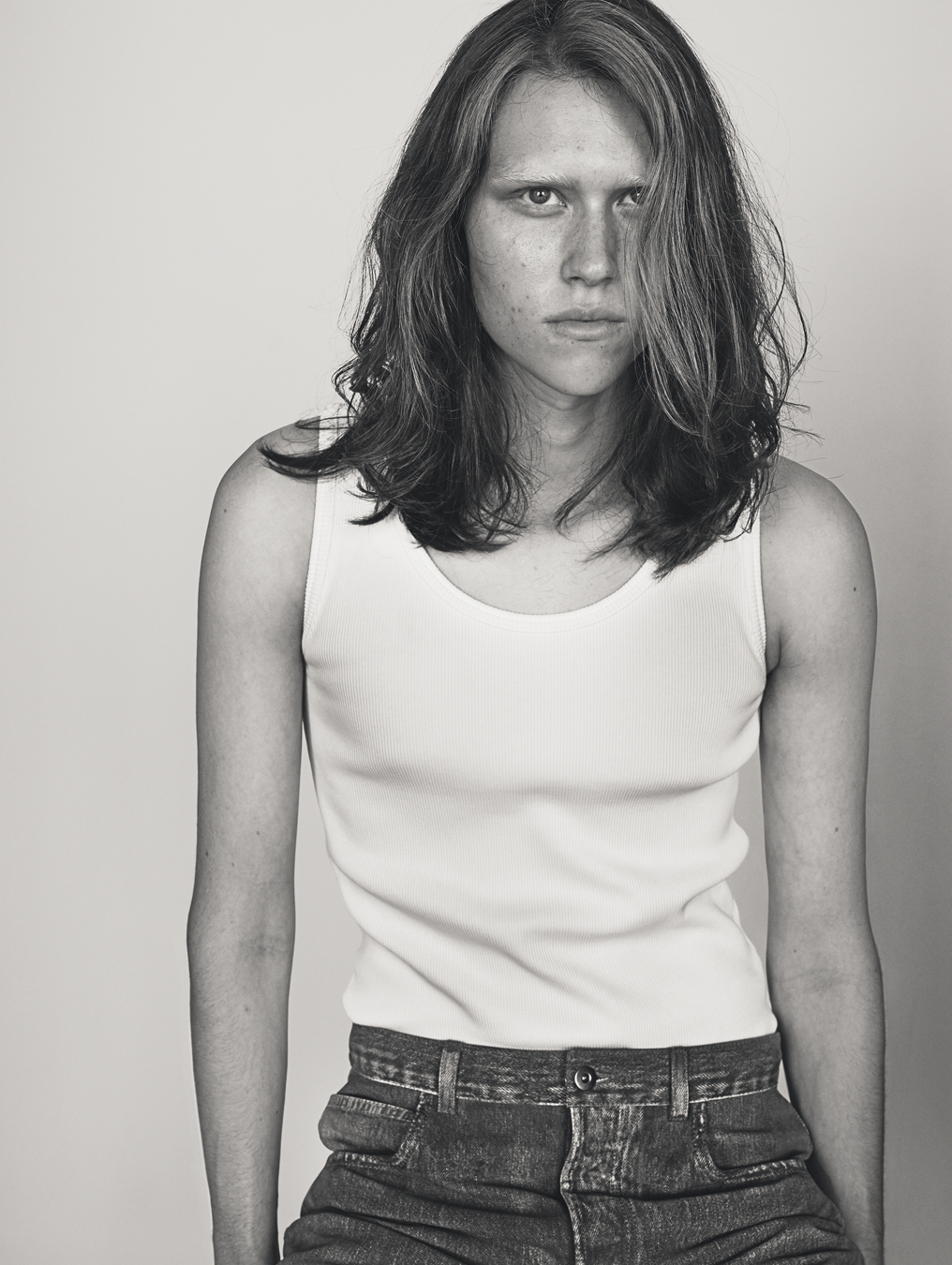
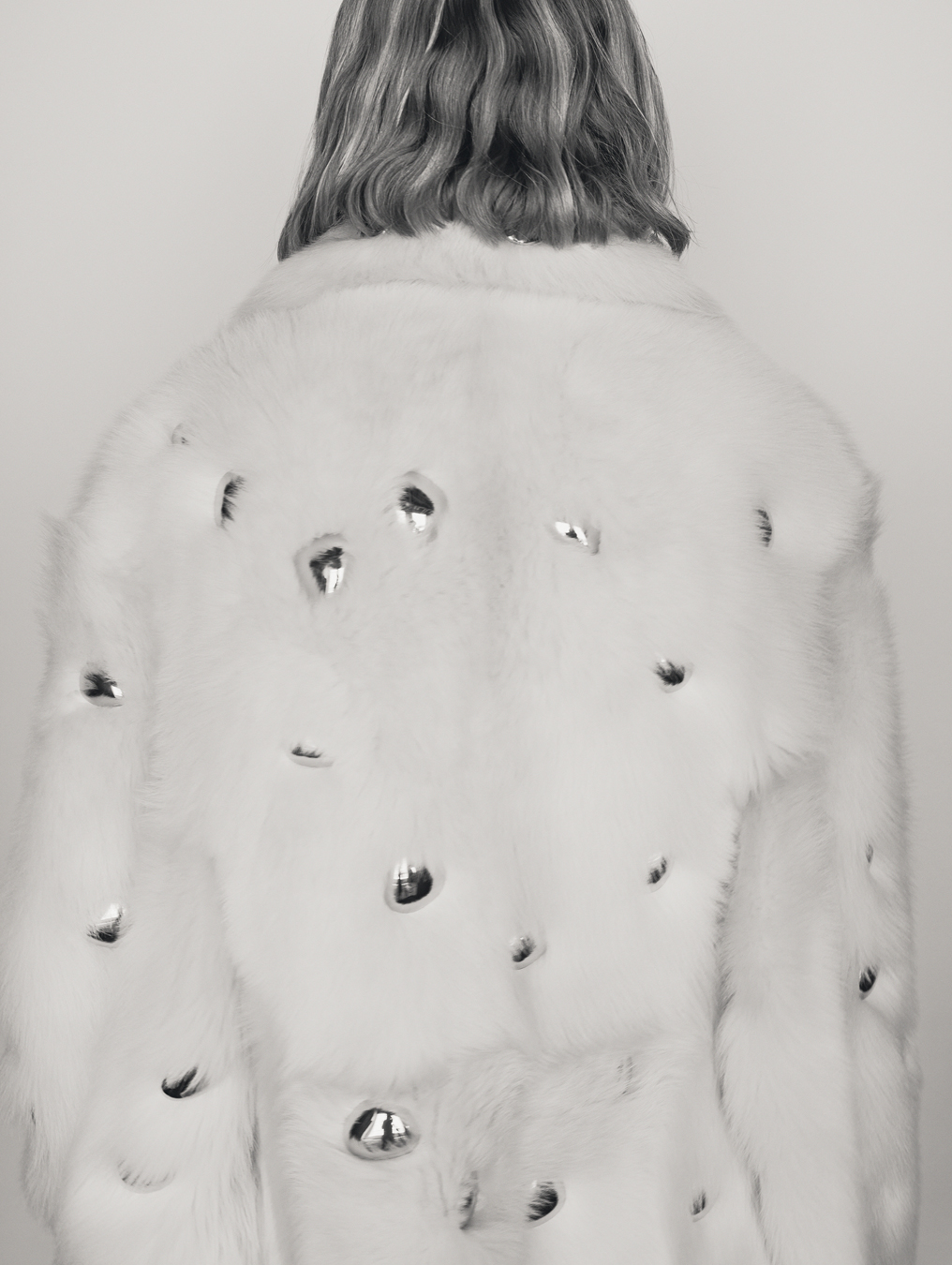
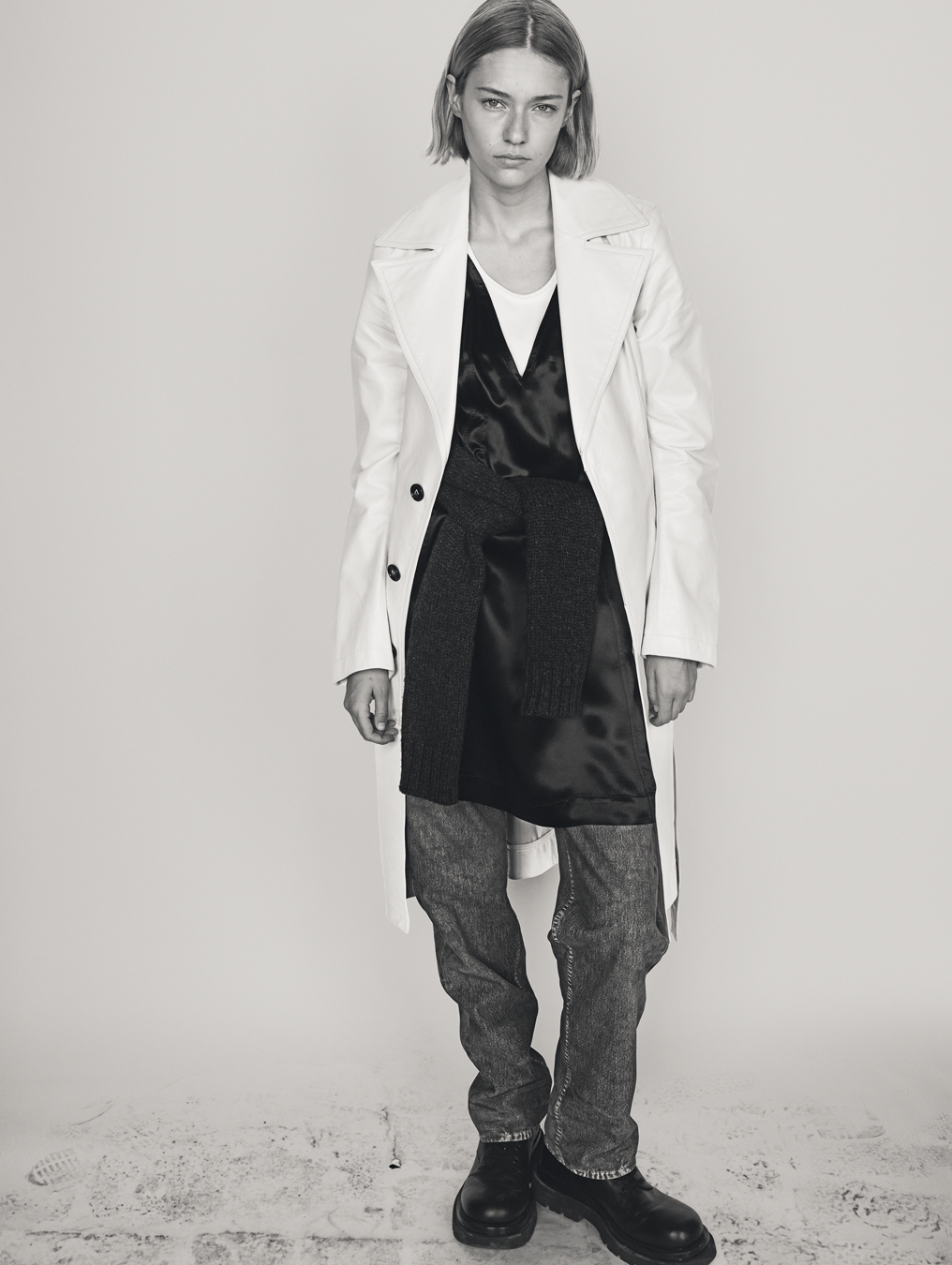
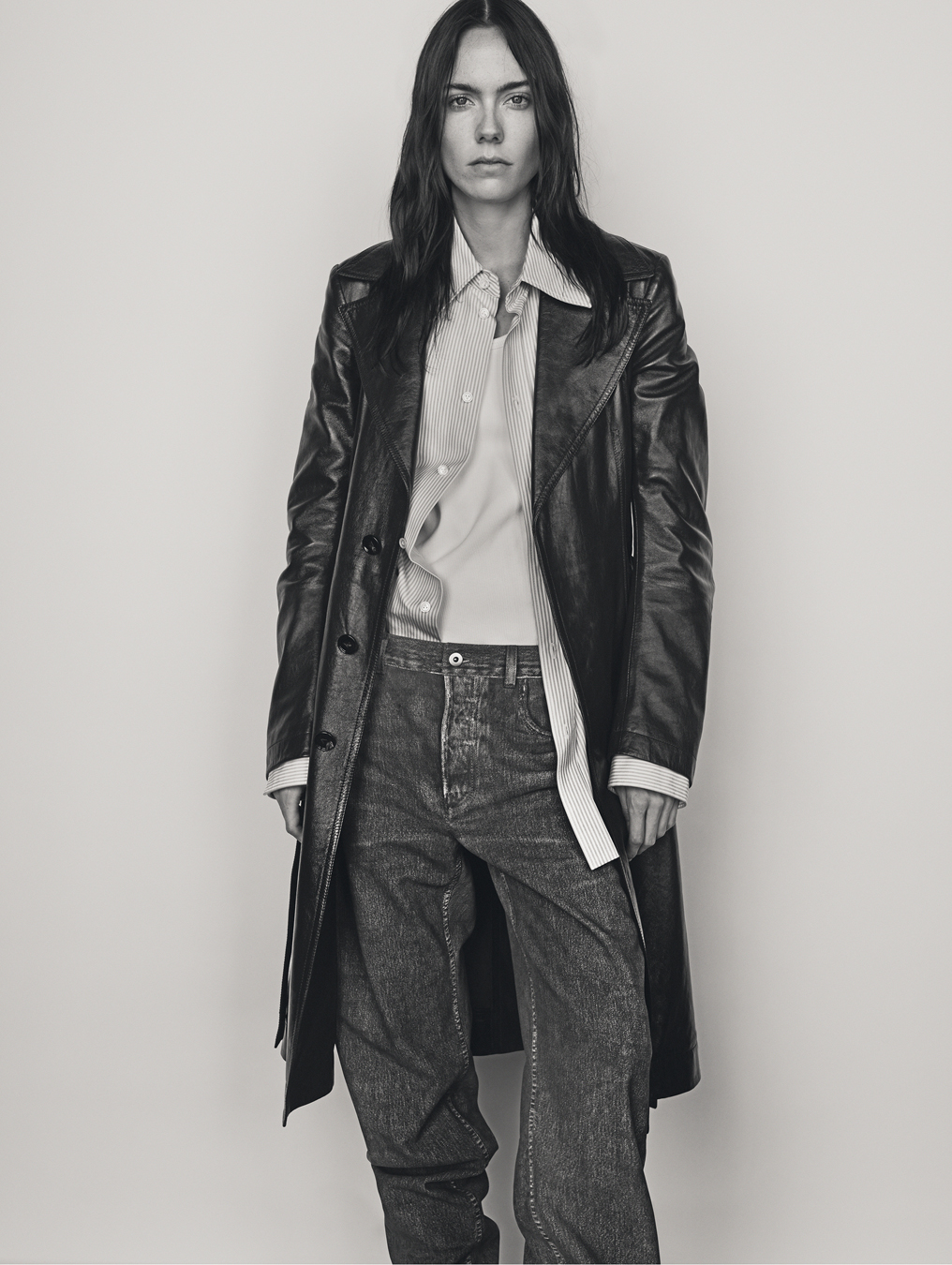
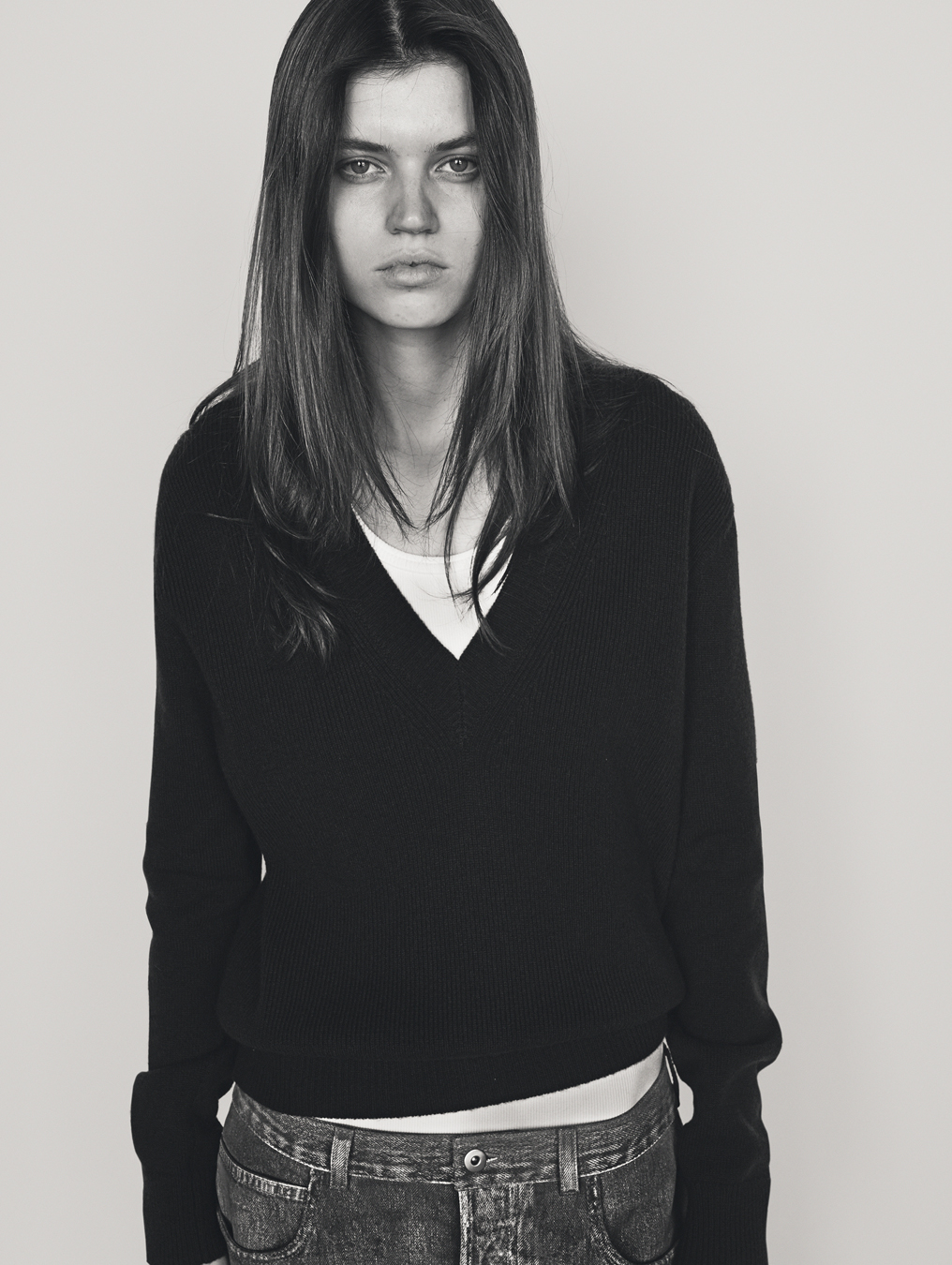
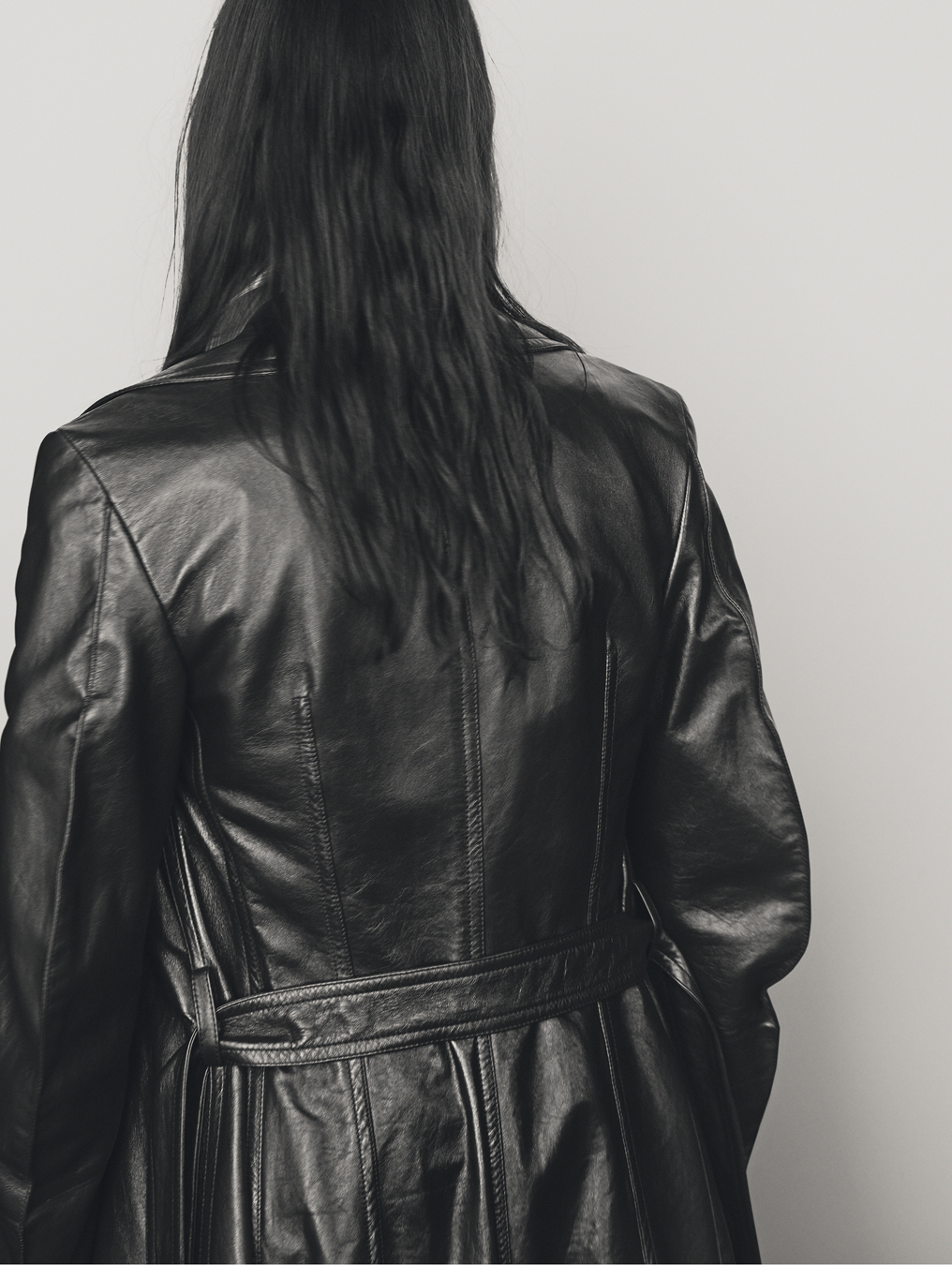
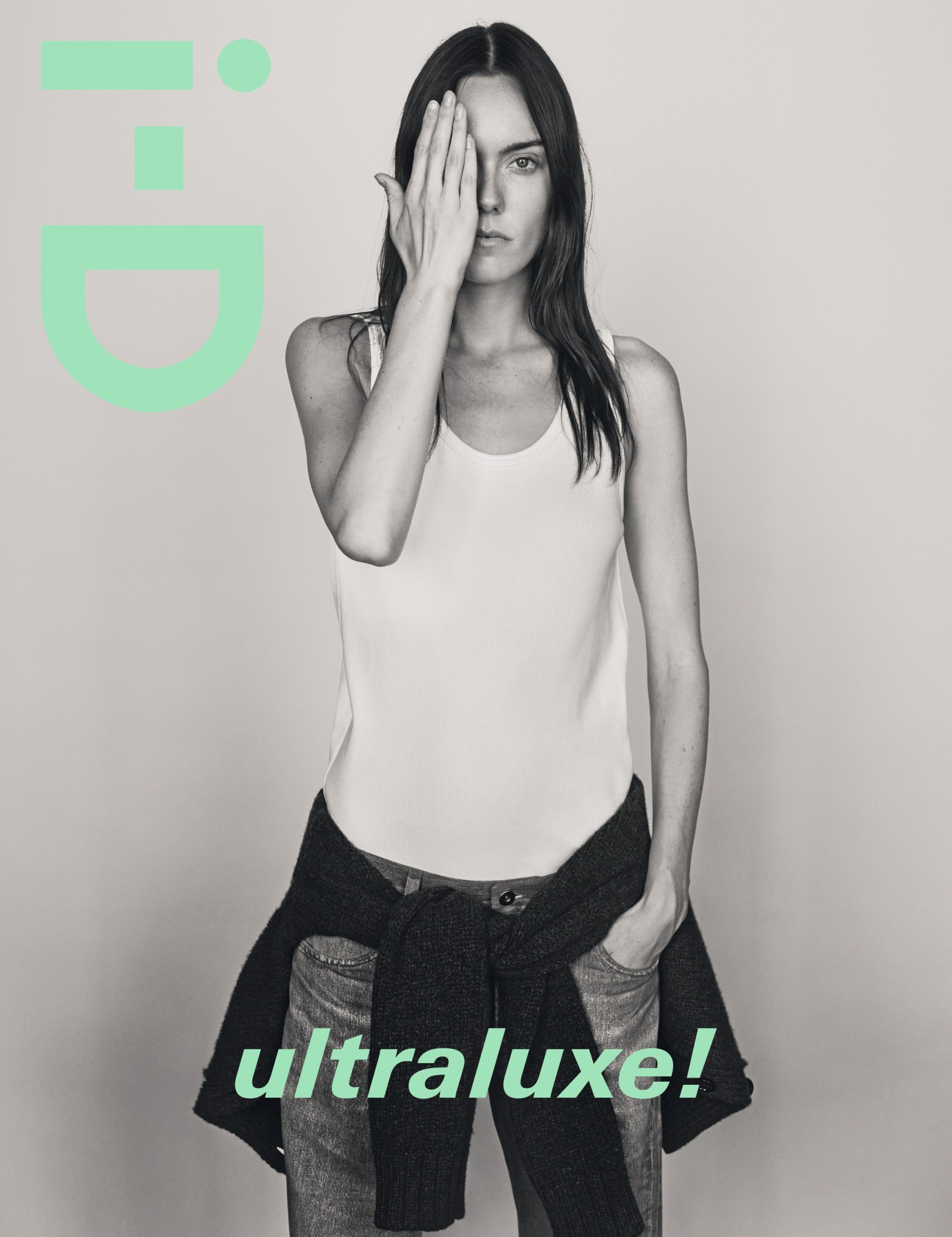
Follow i-D on Instagram and TikTok for more from the new issue.
Credits
Studio photography Daniel Jackson
Backstage photography Nick Waplington
Fashion Alastair McKimm
Daniel Jackson credits
Hair Esther Langham at Art + Commerce
Make-up Diane Kendal at Julian Watson Agency using ZARA Beauty
Nail technician Rica Romain at Statement Artists
Photography assistance Jeremy Gould
Digital technician Karen Goss
Fashion assistance Madison Matusich and Jermaine Daley
Hair assistance Ginger Ryan and Karen Zamor
Make-up assistance Whittany Robinson and Elika Hilata
Production Art + Commerce
Production assistance Tim Chapman
Casting director Samuel Ellis Scheinman for DMCASTING
Casting assistance Alexandra Antonova and Brandon Contreras
Models Alay Deng at State, Sofian Holden at Heroes, Steph Shiu at Elite, América Gonzalez at Supreme, Kiki Willems, Stella Lucia, Lottie Aaron and Tess Breeden at DNA, Ella Rattigan, Cecilia Wu and Wali Deutsch at Women
Nick Waplington credits
Digital technician Alberto Malorgio
All clothing, shoes and accessories BOTTEGA VENETA
